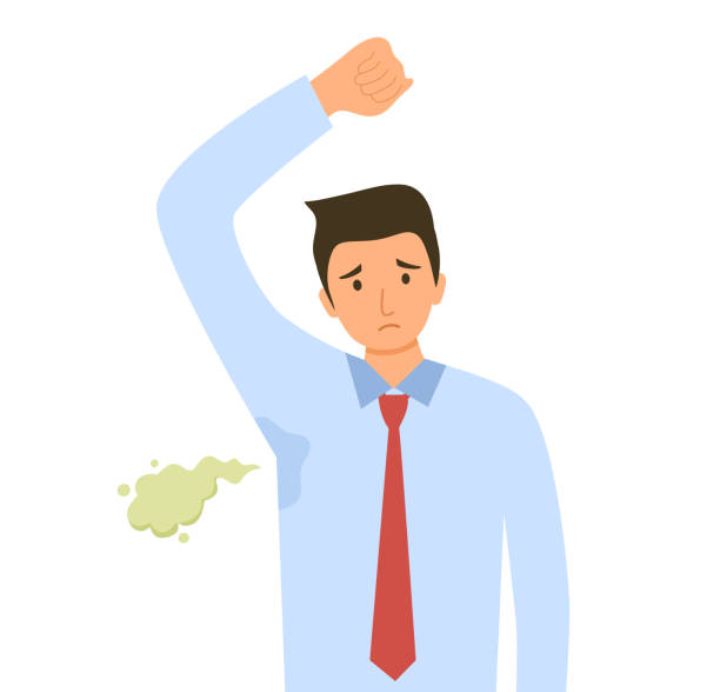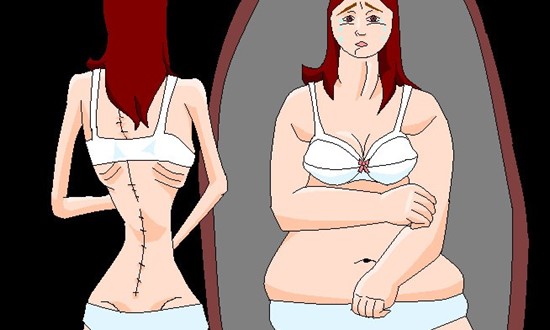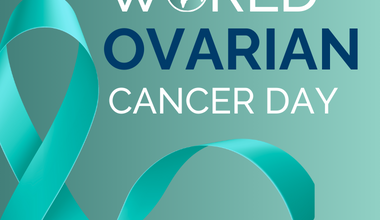Mental Health in Catastrophies and Emergencies

It happened ten, no, twelve years ago.
Twelve years. That’s all her fingers plus two, far more than enough for a wound to heal, scab over, and let the scars fade. Even if a wound runs as deep as a ditch and the hole gapes wide, it doesn’t fester as long as there’s someone around to patch it up.
But there was no one for her. Before that night, the very night life took a turn for the worse, she still dared to dream of a life beyond the three-bedroom flat her father had struggled to build. A life where the wheels of calculation would not roll on and on in her mother’s head before she bought two pieces of wrapper. One where she could have as much meat as she wanted—not the one and a quarter pieces she was entitled to at dinner.
What more could a girl wish for than her life to be more than just passing by?
But that night didn’t listen. It came with shouts, flashes, and waves that swallowed roofs and voices in one breath. She remembered clutching a pillow, the uselessness of it, and running. The air was thick, heavy with the smell of rust and panic. When morning came, she wasn’t sure if it was still morning or just a lighter shade of grief. Her father was gone. Her mother sat on the bare floor, eyes fixed on a wall that wasn’t there anymore.
People came with cameras. They called it a disaster. A national tragedy. Relief trucks arrived with cartons of food and folded blankets. There were lists, long, endless lists of names, and tents that hummed with sorrow.
But no one asked about the nights that followed: the trembling hands, the screams that came out soundless: the weight of trying to hold her mother’s head above water long after the flood had gone.
That was twelve years ago. Twelve years, more than enough time to rebuild houses, but not enough to rebuild minds.
On this 10th of October, the world speaks again about how, in catastrophes and emergencies, the damage we don’t see often lasts the longest. The theme for this year’s World Mental Health day, “Access to Services: Mental Health in Catastrophes and Emergencies,” feels like an overdue apology to the girl who never got to speak, and the many who still don’t. Because in places where help comes only as food or shelter, silence becomes the real debris. And real healing begins only when someone reaches beyond survival and asks, “How are you, really?”
This year, we say mental wounds run as deep, and often deeper, than physical gashes. We remind ourselves that when disaster strikes, or an emergency occurs, it’s just as important to treat the inner wounds as it is to patch the ones on the outside. And it doesn’t have to be a group of professionals in white coats. Sometimes, what a victim—a girl who doesn’t know how to hold the roof up when water razes down her walls, or a mother who wraps her baby’s dead body with her headscarf, or a man who watches the light leave his wife’s eyes as they crash into a truck—needs isn’t a barrage of technical terms or a sea of tests. Sometimes, it’s someone who’s willing to sit with them, no matter how long it takes. Someone still holding their hands twelve years later, making sure to catch them when they stumble.
Healing isn’t always a prescription. Sometimes, it’s presence. It’s in the silence that doesn’t rush recovery, the eyes that don’t look away when the pain is too much to name.
The call this World Mental Health Day isn’t new, but it’s necessary: to make mental health support accessible, especially when chaos tears through lives. Access isn’t only about proximity to a clinic or the number of professionals on call. It’s about building systems that remember the unseen, systems that send help not just to broken bones, but to the minds that must carry them.
In emergencies, when water swallows homes, or fire eats through markets, or bombs silence whole streets, the world scrambles to rebuild walls. But walls don’t dream. People do. And without care for the mind, the rebuilding stops halfway. Twelve years is a long time. Long enough for scars to fade, for names to be forgotten, for governments to change. But for many, the noise inside never left. It stayed, echoing quietly under their rebuilt roofs.
This year, as we say “Access to Services – Mental Health in Catastrophes and Emergencies,” we say it not as a campaign, but as a promise: that when disaster strikes again, and it will, we will remember to reach for both the body and the soul. Because survival is not just breathing. It’s being held until you can breathe again.





This is amazing. Kudos to the brain(s) behind it.
This article is a public service! You articulated something I’ve felt but could never put into words. Thank you for writing it.